Our Greatest Tech Forecasts of the Last 90 Years
The Kiplinger Letter — long famous for its economic, business and political forecasting — also alerts its readers to emerging technologies.

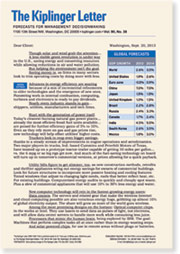
Long before the technology marvels of the 20th century — airplanes, television, air conditioning, computers, satellites, the World Wide Web, cell phones and more — became commonplace, they were the stuff of futurist fantasy...and embryonic industries poised to boom.
The Kiplinger Letter — long famous for its economic, business and political forecasting — also alerts its readers to emerging technologies. In celebration of its 90th birthday this week, the Letter brings you this sampling of brief forecasts from its pages...foreseeing inventions that fundamentally changed how we live and work.
Check out these compelling forecasts on the following pages.
From just $107.88 $24.99 for Kiplinger Personal Finance
Become a smarter, better informed investor. Subscribe from just $107.88 $24.99, plus get up to 4 Special Issues

Sign up for Kiplinger’s Free Newsletters
Profit and prosper with the best of expert advice on investing, taxes, retirement, personal finance and more - straight to your e-mail.
Profit and prosper with the best of expert advice - straight to your e-mail.
[page break]
The Rise of Cellular Communications

Microchips: The leading edge of technology for years to come.
Fantastic reductions in size and cost lead to new applications in existing products and point to new products. "Computer on a chip," tiny circuit board performing functions only big black boxes used to do…
“Smart phones”…to store often-used numbers, take messages.
December 28, 1979
Interstate mobile phone conversations will become commonplace via cellular radio…a new network of transmitting and receiving “cells.” They will automatically switch calls to unused frequencies as you drive.
May 20, 1983
The ultimate tools for road warriors are just a few years away. All-in-one wireless communicators will combine the functions of a landline phone, cell phone, personal digital assistant and PC. The gadgets…notebook PCs or smart phones...will operate seamlessly over expanded wireless networks in the same way cell phones do now.
April 1, 2005
[page break]
Computers Simplify Daily Tasks

Electronic Brain: Gov’t scientists now predict simplified models for practical business uses…inventorying, accounting, mailing lists, sales, market research, other records.
May 24, 1952
Nationwide computer hookups will bring some enormous changes:
Moneyless banking…deposits, charge purchases, payments, all kinds of deals via your account...
Central accounting & inventory systems…
July 29, 1966
Computers will be cheaper, smaller, simpler…used EVERYWHERE.
July 7, 1978
[page break]
Computer Networking Connects the Globe
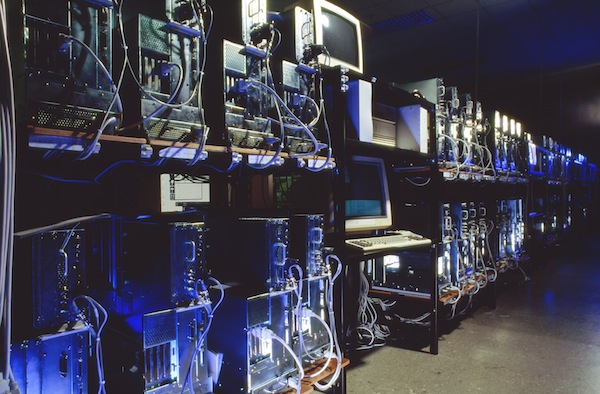
On computers…the latest thing is to hook them up into networks, use telephone or special lines to link them together around the country. It’s a way of cutting costs…sharing of computers via “teleprocessing.”
November 12, 1971
Networking among computers will make it easy for any computer owner to communicate with another if he has the wire address and the right connections. This is already happening on a relatively limited scale via computer “bulletin boards.”
New American Boom 1986
Computers that listen & talk will be commonplace in next decade in offices and on shop floors.
September 1, 2000
[page break]
A Food Revolution

Use of radio waves for heating & cooking is a growing business, but these waves interfere with others and even cause some radio static.
April 12, 1947
And here are some more things that are coming along by the time you reach middle age…to change your thinking and your living. New houses, new gadgets in them. Automatics. Push buttons. Microwave ovens. Plastic plumbing. TV on wall screens. Fuel-cell heat. Irradiated foods to supplement canned & frozen. New foods from the sea. Synthetic foods, chemically made, with all needed nutrients & vitamins.
December 27, 1963
[page break]
The Coming of Air Conditioning, Prefab Homes, Polyester, and the Fax

Inventions which may make deep changes in things in the future: Mechanical cotton picker, Synthetic rubber, plastics, air conditioning equipment, prefabricated houses, television, artificial cotton – cellulose, facsimile transmission, auto trailer, artificial wool – cellulose, gasoline from coal, photo electric cell, steep-flight airplanes, tray agriculture.
September 4, 1937
[page break]
E-mail Takes Over
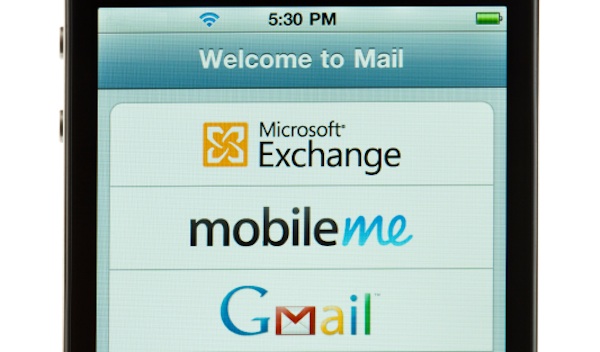
Electronic mail…using computers, printers at an office and home. Hooking up with other computers via satellites and TV to replay messages.
July 7, 1978
Wireless e-mail may soon be as ubiquitous as cell phones. Its use is poised to take off over the next several years as software giants and cellular carriers challenge Blackberry's reign.
June 24, 2005
[page break]
Electric Cars Hit the Road
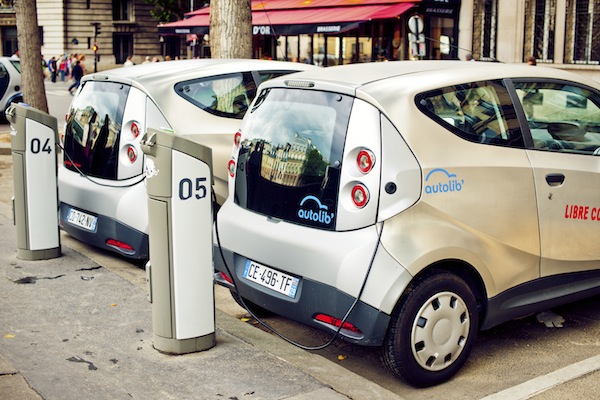
Electric cars will grab up to 15% of the market in 20 years…more if the driving range expands to 300 miles or so before recharging. Stringent clean air requirements in Calif. will spur sales of electrics.
January 17, 1992
[page break]
The Rise of Videotapes, CDs, and Cable TV
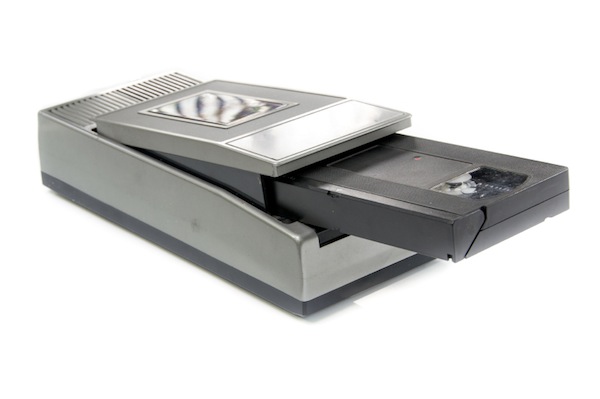
Soon to hit the market…TV tapes…and makers have high hopes. Will be sold along with a player that is attached to your home TV set. Thus, “personal” home entertainment, akin to your own stereo or recorder.
August 14, 1970
Boomy sales of compact discs and players, thanks to lower prices. Players are selling for $300-$400…compared with $1000 or so a year ago.
April 19, 1985
Cable TV with up to 500 channels in ’95. 50 games every Saturday plus 100 movies. But you’ll pay $3 to $5 each and a $20-$50 monthly fee.
January 8, 1993
[page break]
Subscribe to The Kiplinger Letter
For more than 90 years the weekly Kiplinger Letter has played a unique role. Unlike business resources that report news after the fact, the weekly Kiplinger Letter forecasts what will happen in the weeks and months ahead.
These early alerts help you anticipate business, economic, technological and political developments long before they’re reported elsewhere, so you can prepare in advance to profit from new opportunities—or protect your business and investments from looming challenges.
No one can predict the future with 100% certainty. But over the years hundreds of thousands of savvy business professionals, managers and investors have profited greatly from the trustworthy and remarkably accurate forecasts provided by the weekly Kiplinger Letter.
See for yourself. View a free sample issue. No information is required from you.
Profit and prosper with the best of Kiplinger's advice on investing, taxes, retirement, personal finance and much more. Delivered daily. Enter your email in the box and click Sign Me Up.

Knight came to Kiplinger in 1983, after 13 years in daily newspaper journalism, the last six as Washington bureau chief of the Ottaway Newspapers division of Dow Jones. A frequent speaker before business audiences, he has appeared on NPR, CNN, Fox and CNBC, among other networks. Knight contributes to the weekly Kiplinger Letter.
-
 A Contrarian Approach Pays Off for This Bond Fund
A Contrarian Approach Pays Off for This Bond FundThe Dodge & Cox Income Fund has outperformed in 2025 thanks to its managers' fearless approach.
-
 How AI Is Changing the Way Americans Spend on Live Events
How AI Is Changing the Way Americans Spend on Live EventsAI bots are reshaping ticket prices, resale markets and how fans shop. Here's what it means for your wallet and how to get the best deals on concerts, sports and shows.
-
 7 Outrageous Ways Retirees Can Invest Their Money in 2026
7 Outrageous Ways Retirees Can Invest Their Money in 2026Stocks and bonds aren't the only ways to invest your retirement "fun money."
-
 What Is AI? Artificial Intelligence 101
What Is AI? Artificial Intelligence 101Artificial intelligence has sparked huge excitement among investors and businesses, but what exactly does the term mean?
-
 How to Search For Foreclosures Near You: Best Websites for Listings
How to Search For Foreclosures Near You: Best Websites for ListingsMaking Your Money Last Searching for a foreclosed home? These top-rated foreclosure websites — including free, paid and government options — can help you find listings near you.
-
 Four Tips for Renting Out Your Home on Airbnb
Four Tips for Renting Out Your Home on Airbnbreal estate Here's what you should know before listing your home on Airbnb.
-
 Text-Generating AI Faces Major Legal Risks: Kiplinger Economic Forecasts
Text-Generating AI Faces Major Legal Risks: Kiplinger Economic ForecastsEconomic Forecasts Major legal risks to text-generating artificial intelligence: Kiplinger Economic Forecasts
-
 Is Relief from Shipping Woes Finally in Sight?
Is Relief from Shipping Woes Finally in Sight?business After years of supply chain snags, freight shipping is finally returning to something more like normal.
-
 Economic Pain at a Food Pantry
Economic Pain at a Food Pantrypersonal finance The manager of this Boston-area nonprofit has had to scramble to find affordable food.
-
 The Golden Age of Cinema Endures
The Golden Age of Cinema Enduressmall business About as old as talkies, the Music Box Theater has had to find new ways to attract movie lovers.
-
 Pricey Gas Derails This Uber Driver
Pricey Gas Derails This Uber Driversmall business With rising gas prices, one Uber driver struggles to maintain his livelihood.